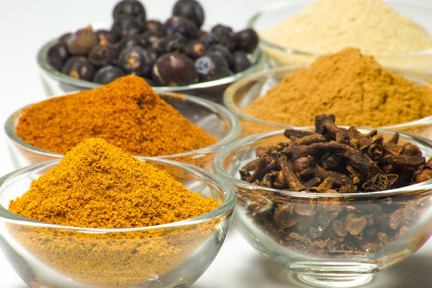Many dosage forms and pharmaceutical technologies trace their origins to the food industry, where taste is paramount. In this blog our formulation and sensory scientists share practical concepts and techniques for developing palatable drug products.
Do you have an idea for a future post? We’d like to hear from you. E-mail us at feedback@senopsys.com
Posted by Senopsys on September 8, 2017

To a sensory scientist “flavor” refers to all tastes, aromas, mouthfeels and textures of a product. To a formulator, a flavor is a commercial ingredient that is a blend of volatile chemicals responsible for imparting the aroma of a product. In this post, we’ll focus on the formulator’s view, describing how these commercial “flavors” are created.
Read More
Posted by Senopsys on January 10, 2017

By FDA regulation, flavor excipients are divided into four categories. What are the practical differences between these categories and which are appropriate for pharmaceutical formulations? In our latest post, we hope to answer these questions.
Read More
Posted by Senopsys on September 29, 2016

“Flavor”, “Taste”, and “Smell” are not the same. To a sensory scientist, the term “flavor” refers to the combination of taste, aroma, mouthfeel and texture. This definition is important as we debunk one of the great myths of taste masking: that taste and smell are the same. They are not. Taste and smell represent
Read More
Posted by Senopsys on July 20, 2016

Many Active Pharmaceutical Ingredients (APIs) are bitter, some extremely so. Often a formulator’s first reaction to taste masking is to add a “flavor” to the formulation to mask the bitterness. This approach to taste making is not usually successful because of differences in the physiology of taste and smell. Myth Busted: Taste and Smell are
Read More
Posted by Senopsys on June 15, 2016

What is Flavor? We can trace the origins of many dosage forms and pharmaceutical technologies back to the food industry – and today we consider it a rich source for approaches, tools and methods that pharmaceutical scientists can adapt to develop palatable drug products. How do we define flavor? This might seem like a simple
Read More






